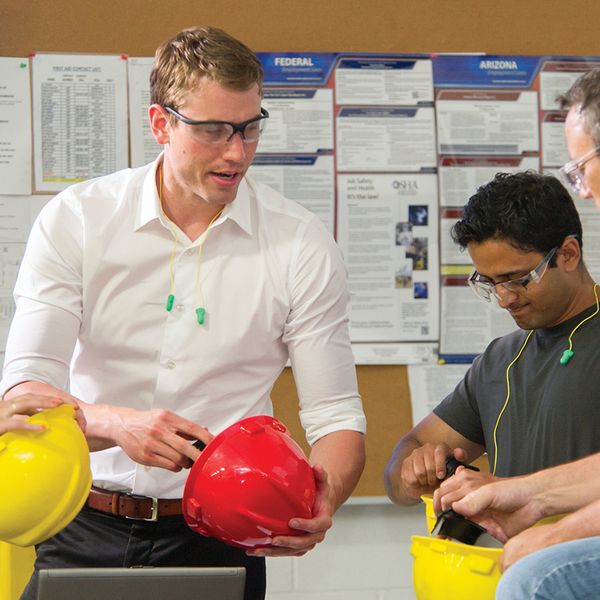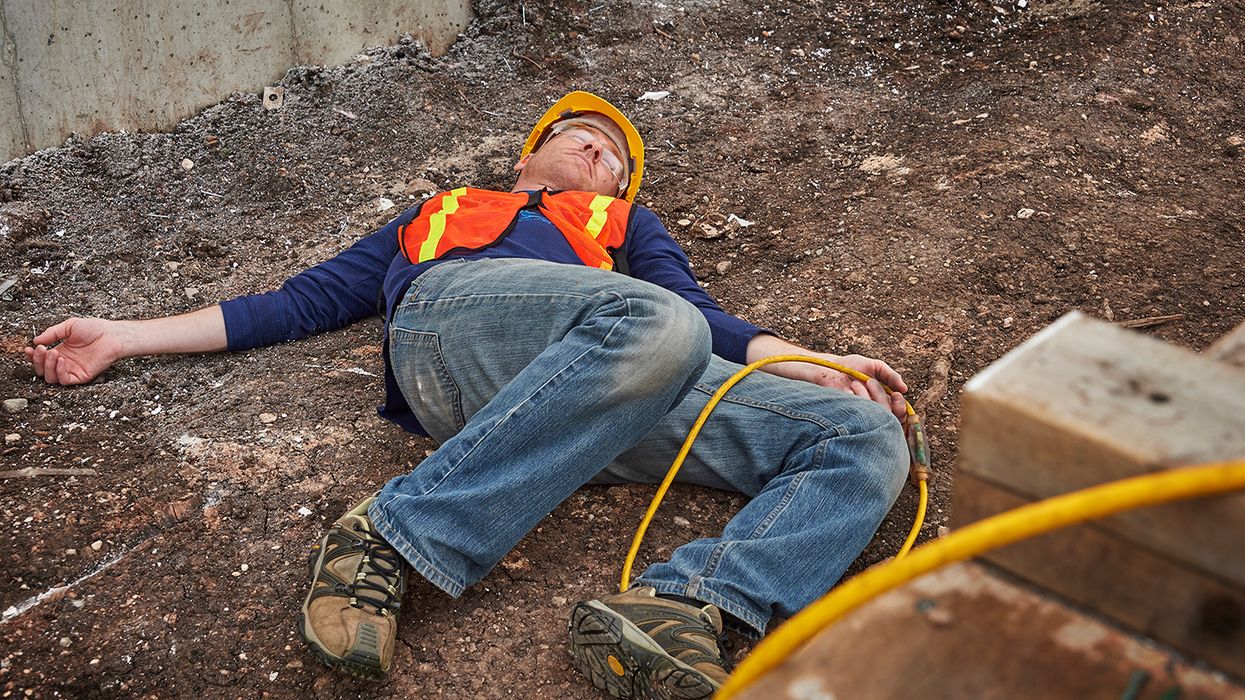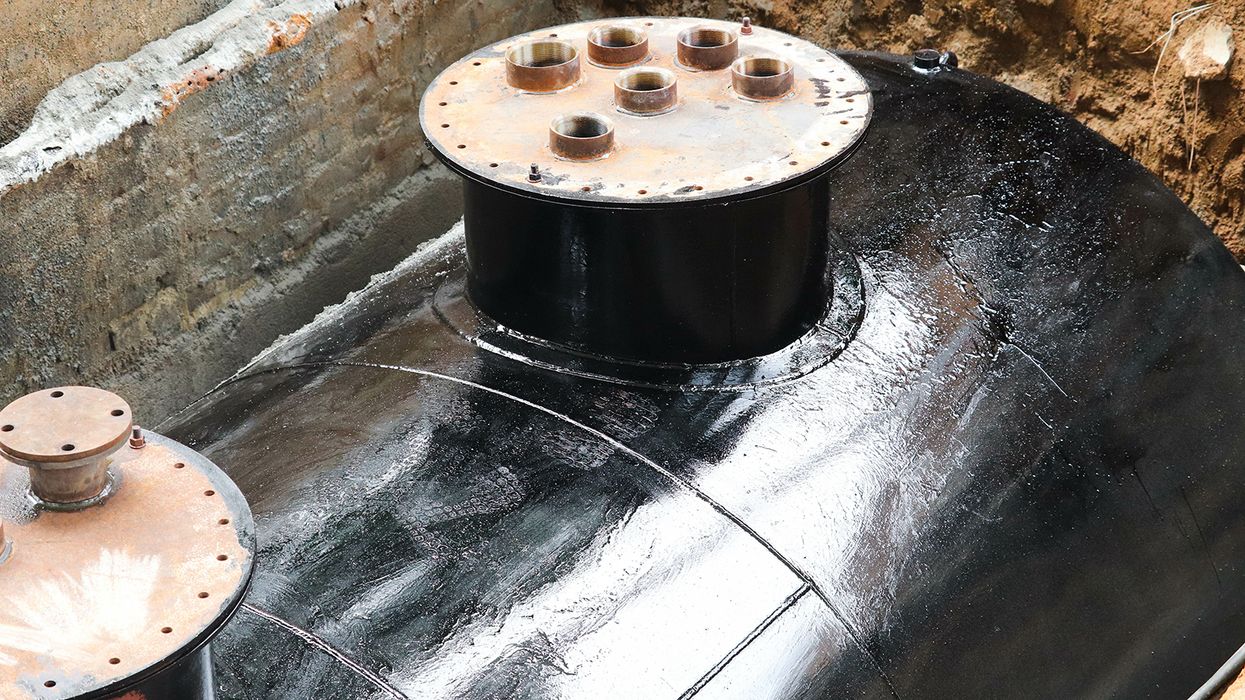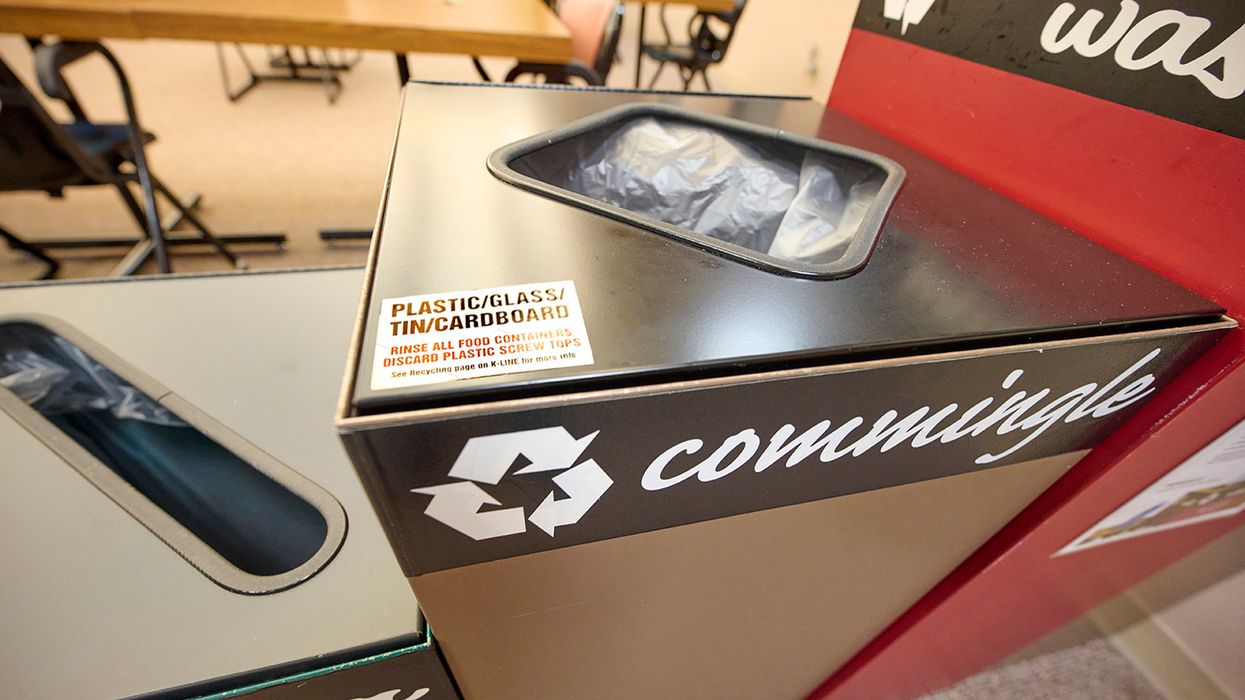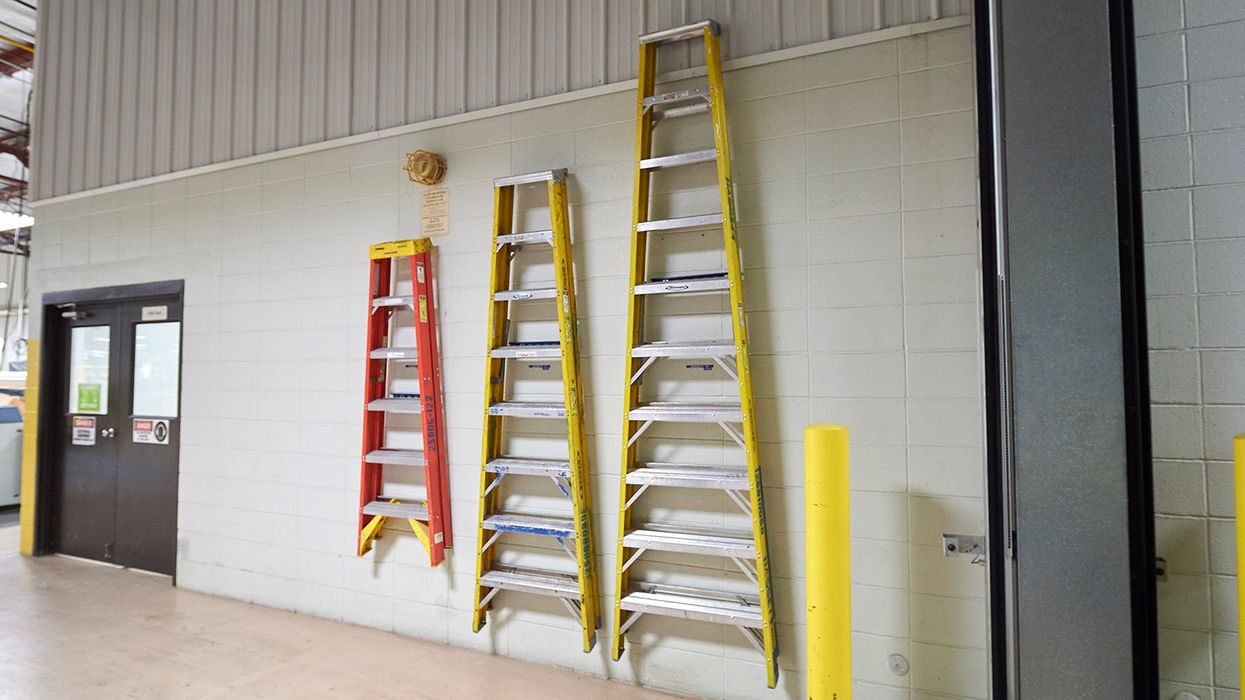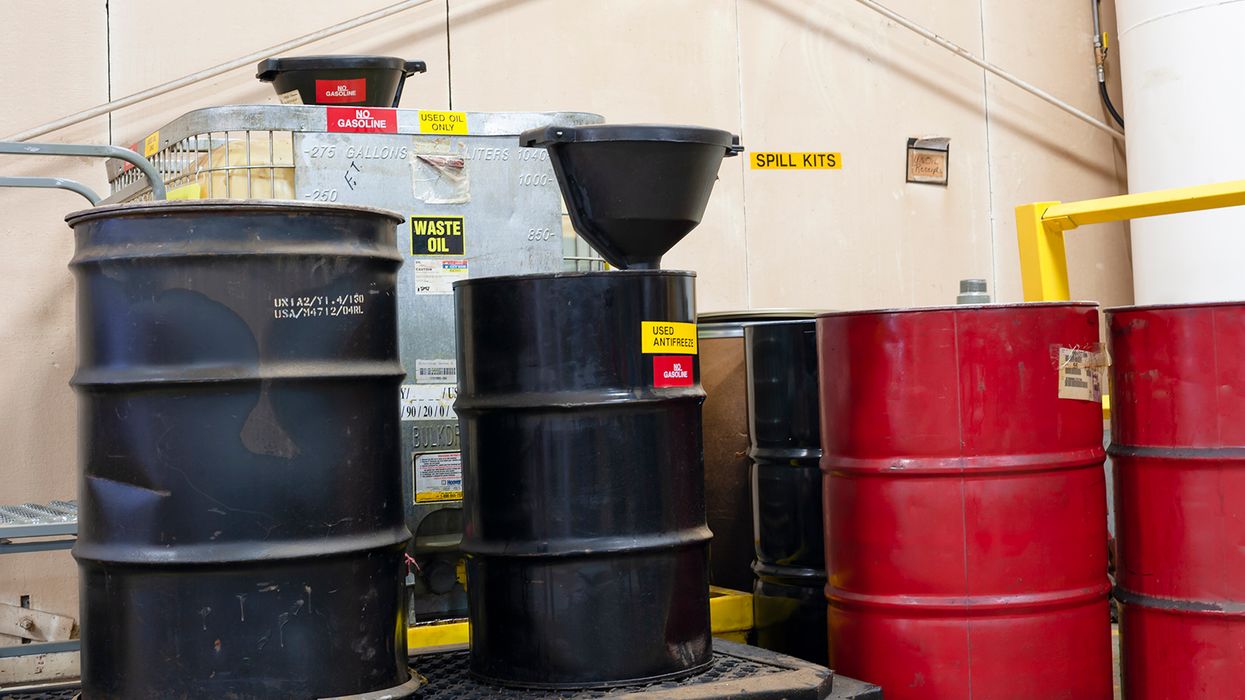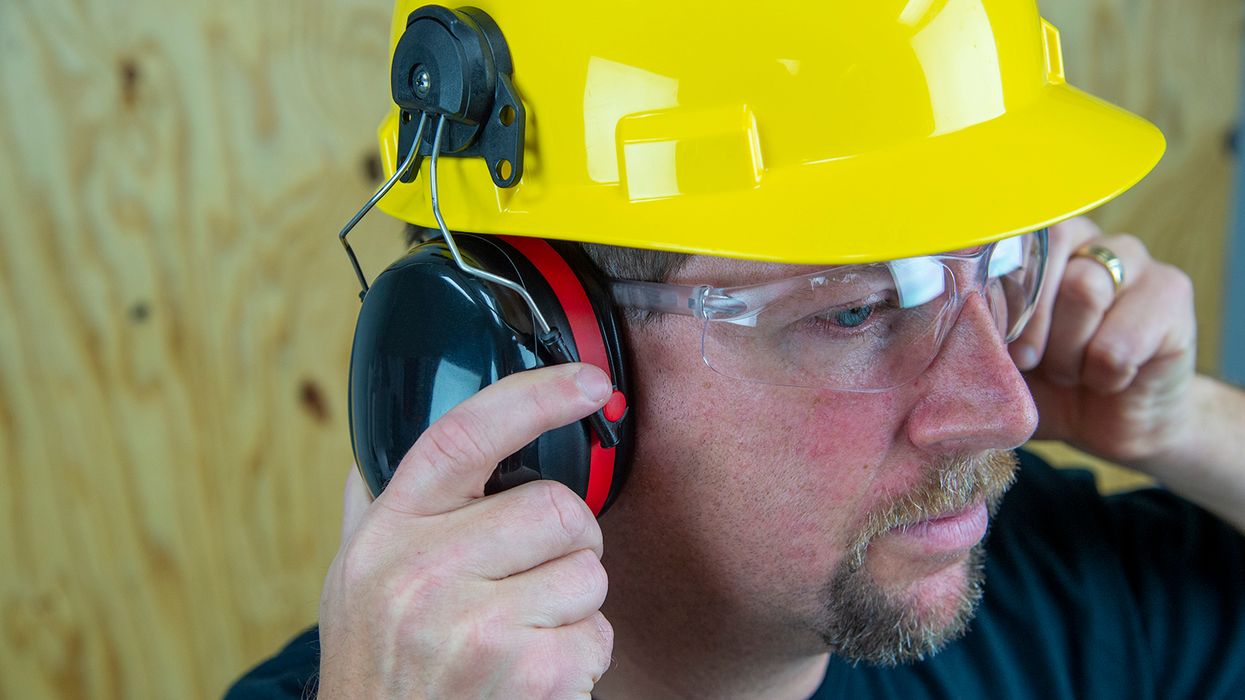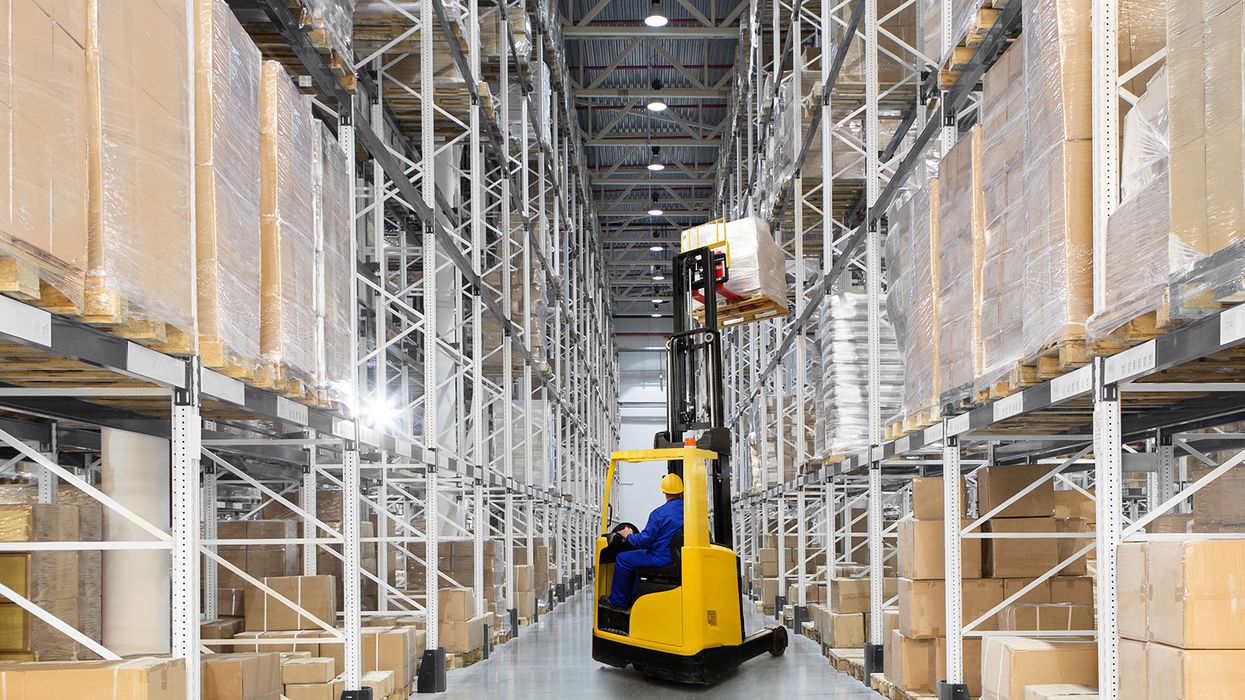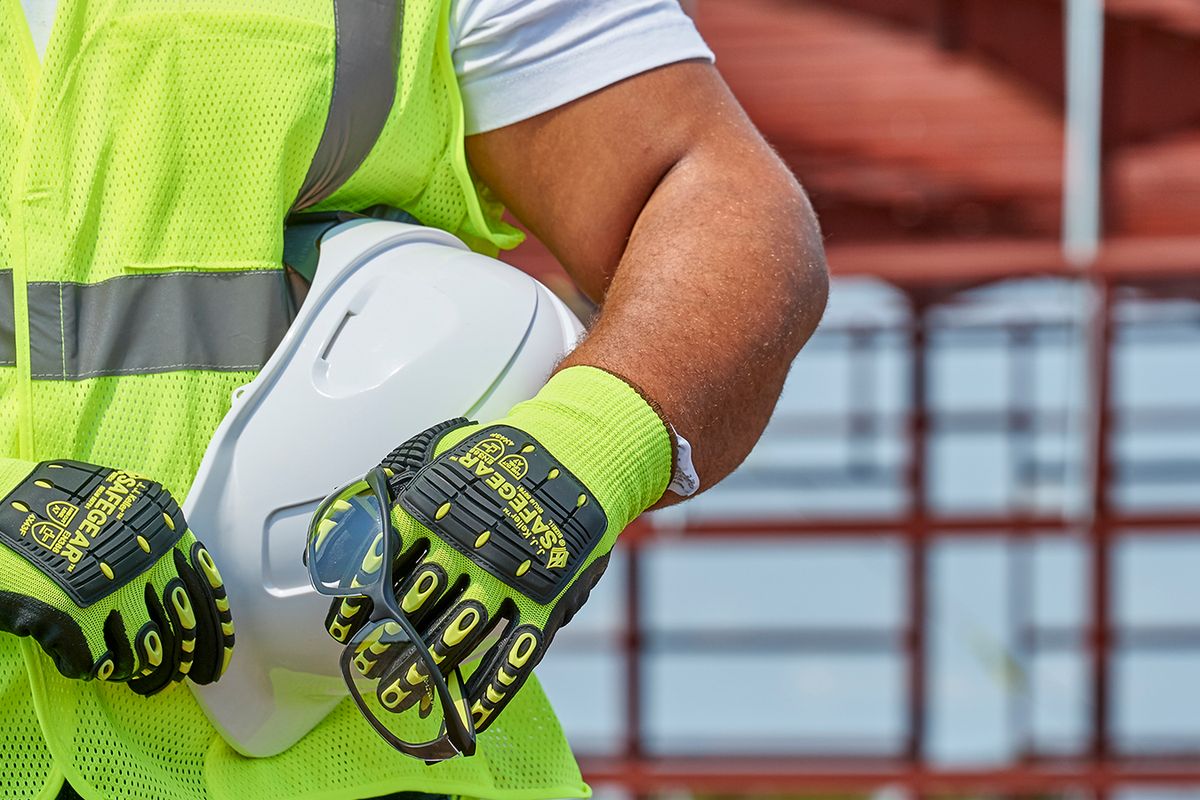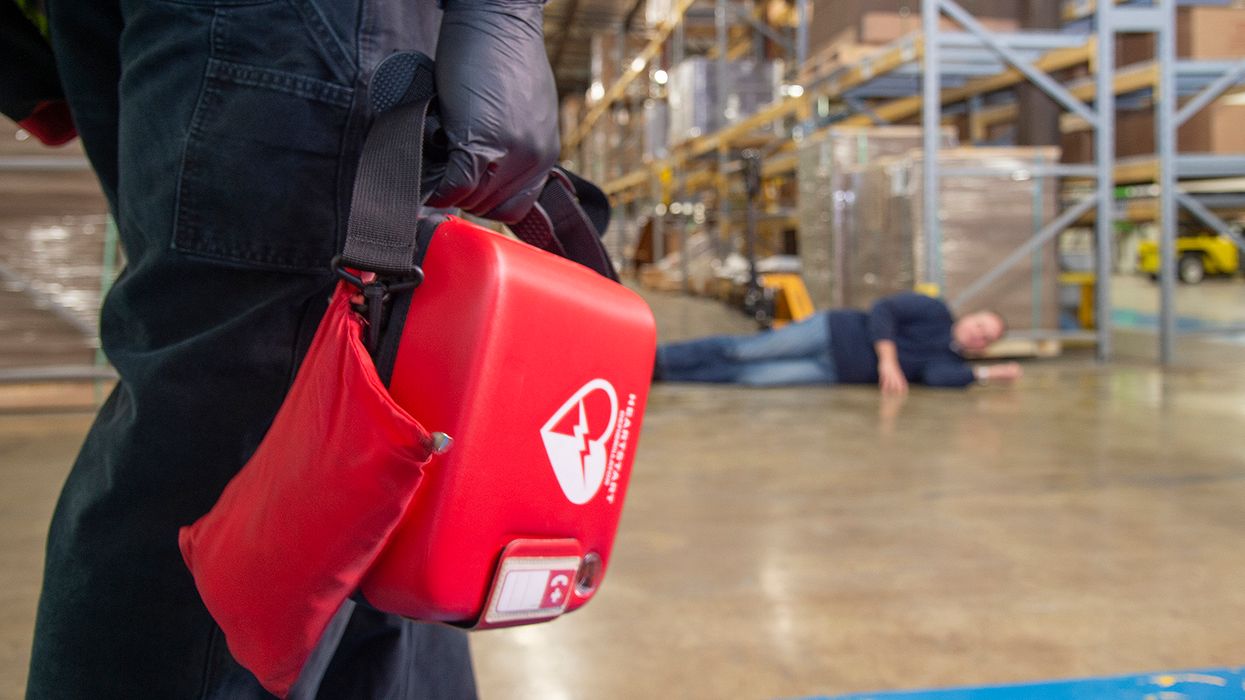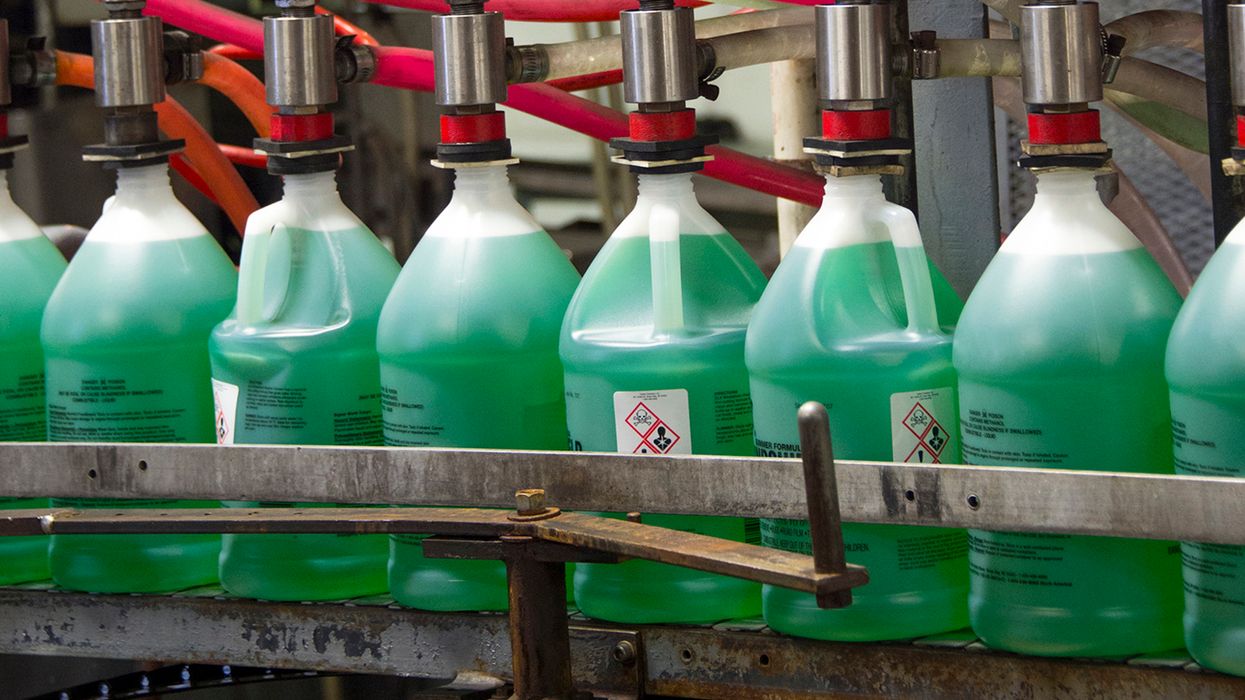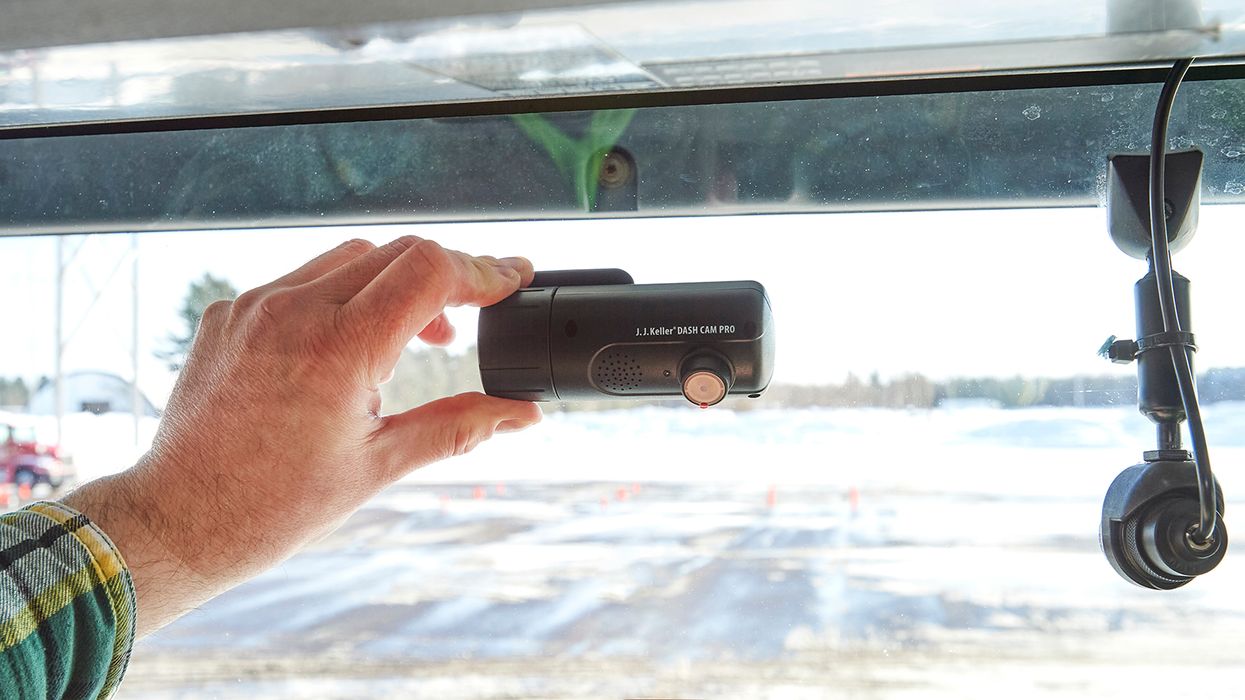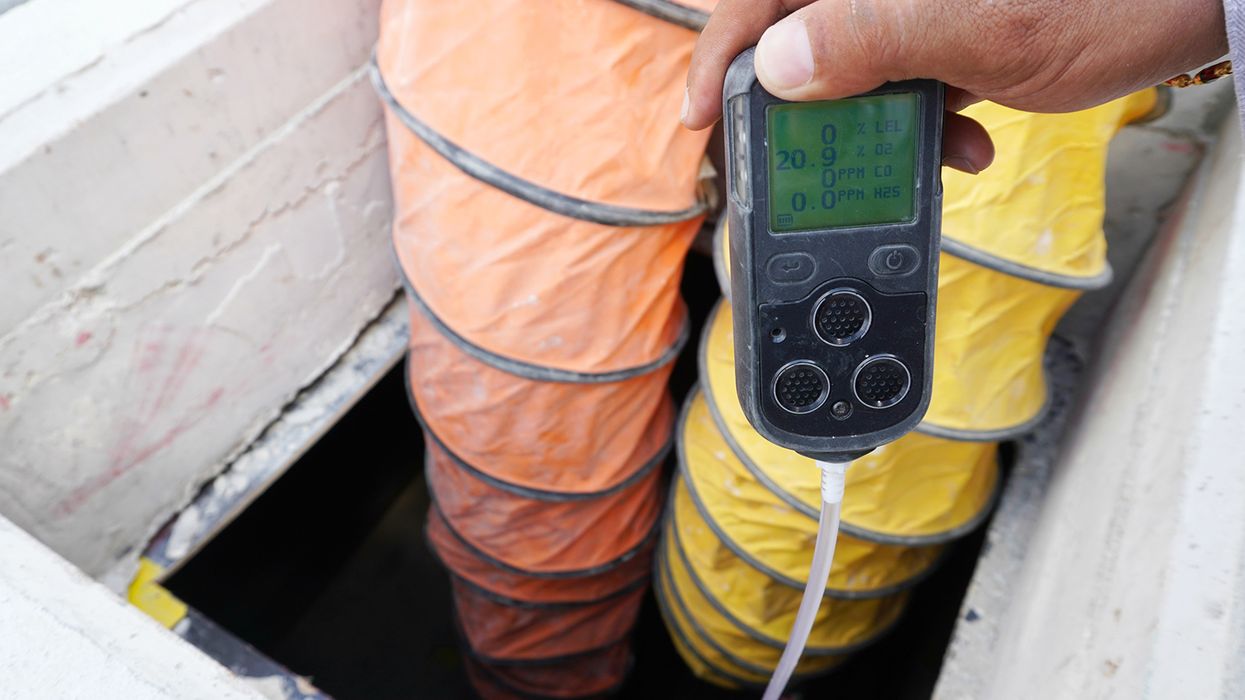$159,358 for an eye injury; Seeing through the fog
Did you know that according to a NIOSH Data tool, Work-Related Injury Statistics Query System, 118,00 eye-related injuries were seen in emergency rooms during 2019? Data from the Bureau of Labor Statistics shows that from 2011 to 2019, there were more than 219,000 days away from work related to eye injuries.
The fogging problem
Protecting the eyes is a critical safety measure in any work environment — hot or cold. Safety glasses or goggles can frost or fog, impairing workers’ vision. Workers tend to correct this by not wearing their glasses properly and sliding them away from their forehead to prevent the lenses from fogging. Sometimes coveralls, protective clothing, or other PPE reduce airflow, which increases the chances of fogging.
When there is a temperature difference between your safety glasses, the air temperature, and the water vapor in the air, your lenses will fog up. When it’s cold outside, your warm breath or body heat will cause water vapor to condense on your lenses. The same happens when you’re working hard outside, and it’s hot.
Fogging solutions
Anti-fog sprays, glasses, and goggles are available on the market but train your workers to maintain eye protection in good, clean conditions throughout the workday. Apply the anti-fog solution using one swipe over the lenses. Multiple swipes can lessen the effects of the solution and not prevent fogging.
Safety glasses with an anti-fog permanent coating have a chemically bonded coating on both sides of the lenses. This results in a coating that doesn’t fog, even between cold and hot conditions. A thin layer of water may develop on the lens, but it’s transparent, so workers can see through it, unlike fog.
There are many different designs of safety glasses. Some vented safety glasses help circulate air or dissipate heat from around your eye area to reduce fogging. Talk to different vendors and ask for samples to try on your workers to see what works best.
Vision loss can occur in multiple ways, including:
- Contact from small particulates or objects in the eye area,
- Blunt force trauma to the eye socket area, or
- Burns from thermal or chemical sources.
A small investment in proper eyewear can avoid unnecessary injury management costs. OSHA’s Safety Pays website estimates that the total indirect and direct costs of an occupational vision loss injury is $159,358 — using injury data from 2015-2017. In comparison, safety glasses only cost an average of $10 to $20 per pair.
Sealing up
Respiratory device usage has sky-rocketed due to the coronavirus. Many workers complain that lens fogging is unavoidable. While using a respiratory device that has a sealing surface against the user’s face, if the seal is weak, it could cause your glasses to fog as air escapes around the seal.
Double-check to ensure your respirator has a tight seal against your face. Ensure the nose piece bar is pressed against your nose to reduce escaping air. For filtering facepieces like N95’s, you could seat your glasses over the respirator, which helps to reduce fogging.
Worker-approved tips
Having spent two decades as a safety professional, I’ve come across many home remedies. Some workers swear by applying shaving cream, saliva, or soap to lenses to create a protective barrier. I’ve seen workers over the years use these home remedies with success. They’d apply it, let it dry, buff off the lenses, and sometimes the home remedy worked better than products you can buy commercially. Certain chemicals can remove protective coatings from your safety glasses, so check with the manufacturer first.
In conclusion, increasing airflow or using a chemical lens coating ensures your lenses stay clearer while maintaining sharp vision. Usually, applying several tips mentioned above together will prevent fogging the best or at least reduce it enough so you can see!
Key to remember
Protecting the eyes is a critical safety measure in any work environment — hot or cold. Safety glasses or goggles can frost or fog, impairing workers’ vision. Increasing airflow or using a chemical lens coating ensures your lenses stay clearer while maintaining sharp vision.





